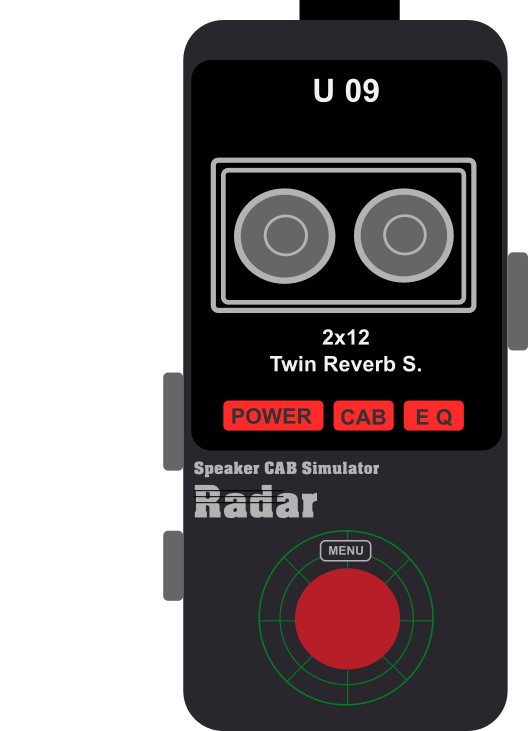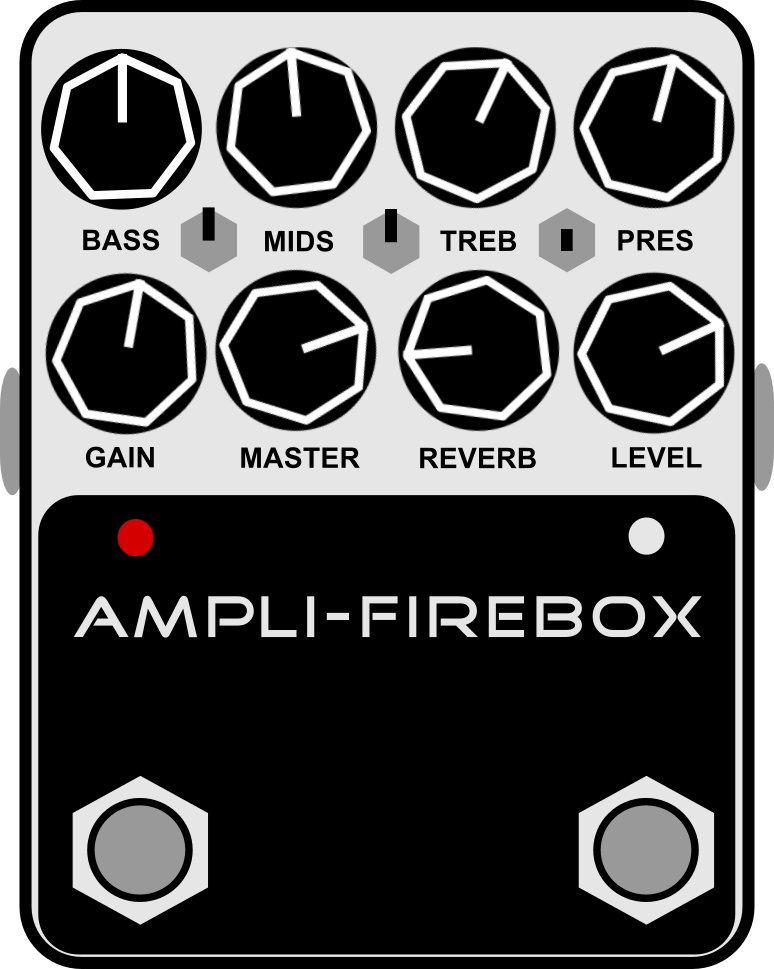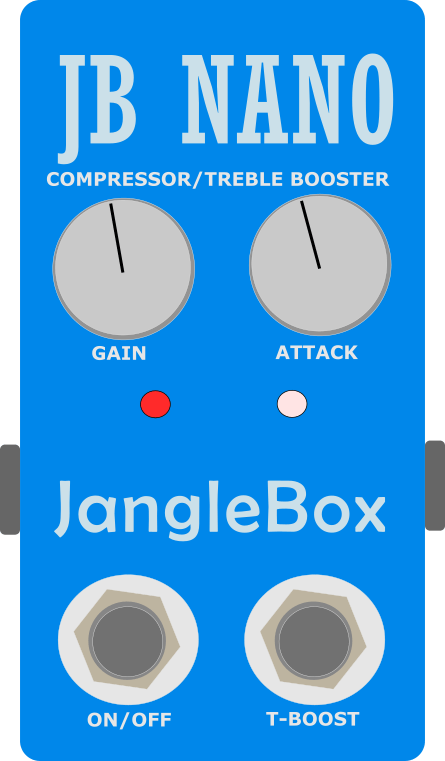Attempting to emulate the live guitar sound of Johnny Marr in ’85 and to record that tone at home is no easy task. However, it is actually fun (for me at least) to try and recreate that tone using some (relatively) inexpensive tools. Here are the details of how I’m currently going about the task.
This image describes the signal chain I’ve arrived at:

I’ve opted for a direct recording approach, rather than mic’ing amps. I have neighbours and as much as I’m sure they enjoy my guitar playing, being able to run directly into an audio interface (in my case, a Yamaha MG10XU USB mixer) makes life easier.
Guitars
Thus far I’ve used a few different guitars for my videos:
- Rickenbacker 330 JG (6 string)
- Fender Telecaster
- Orville by Gibson Les Paul Custom
- Tokai Love Rock
To my knowledge Johnny never used his famed Rickenbacker 330 live with The Smiths on tour in 1985. Although it is a obviously a great guitar, as I understand it, he was going for a more direct, heavier sound and deployed his Gibson Les Paul(s). He also used his Roger Giffin custom built Tele-type. So, in most of these videos I’m likely to be seen playing the Orville (tipping a nod to his ’72 Custom) or the Tokai. Both of these guitars are relatively (sub £1000) inexpensive Les Paul variants and do a very decent job.
Amplifiers
For the first UK leg of the Meat Is Murder tour, Johnny Marr continued to use his mainstay guitar amps that he had deployed throughout 1984 when touring in support of the debut album – Fender Twin Reverb & Roland JC 120.
So in my attempt to emulate that I’ve used a budget ABY box to split the signal to my two ‘amps’. First up is an actual real amp – my Roland JC 22. These are the settings I’m using:

I’m running a (mono) signal out of the Line Out at the rear of the amp. To operate in ‘silent’ mode I’ve simply inserted a dummy headphone plug into the Headphone input. This mutes the speakers, which means I now have to use something to emulate them – a Mooer Radar Cabinet Simulator. The Line Out of the JC 22 goes to the input of this pedal:

In the Radar I’ve just selected the 2×12 model in an attempt to get closer to the vibe of his JC120. Output of the Radar goes into the right channel of my audio interface.
For the other ‘amp’ – my version of his Fender Twin – I’m using my Ampli-Firebox pedal on its ‘Clean Deluxe’ setting and the knobs are adjusted like so:

Output of the Ampli-Firebox goes into the left channel of my audio interface.
Effects
Johnny was still using a relatively simple FX setup in 1985, so I’ve not over-complicated things. Before the ABY pedal I’m running a JangleBox Nano compressor. It is not super essential, but adds a nice extra sparkle and jangle. It also helps to me to emulate some of the ‘quackiness’ he would get from using the modded coil tap in his Les Paul models as mine don’t have that. This is what my JB Nano is set to (i’m not using the treble boost):

Chorus & reverb is all from the ‘amps’ detailed in the section above. I’m also using a plug-in in my DAW (Cakewalk) for delay effects where he uses them, which is adjusted to the track BPM. This is my attempt to mimic his Korg SDD digital delay line rack effects he started to use in 85.
Probably the best example I’ve done to date with this setup is my cover of The Headmaster Ritual

